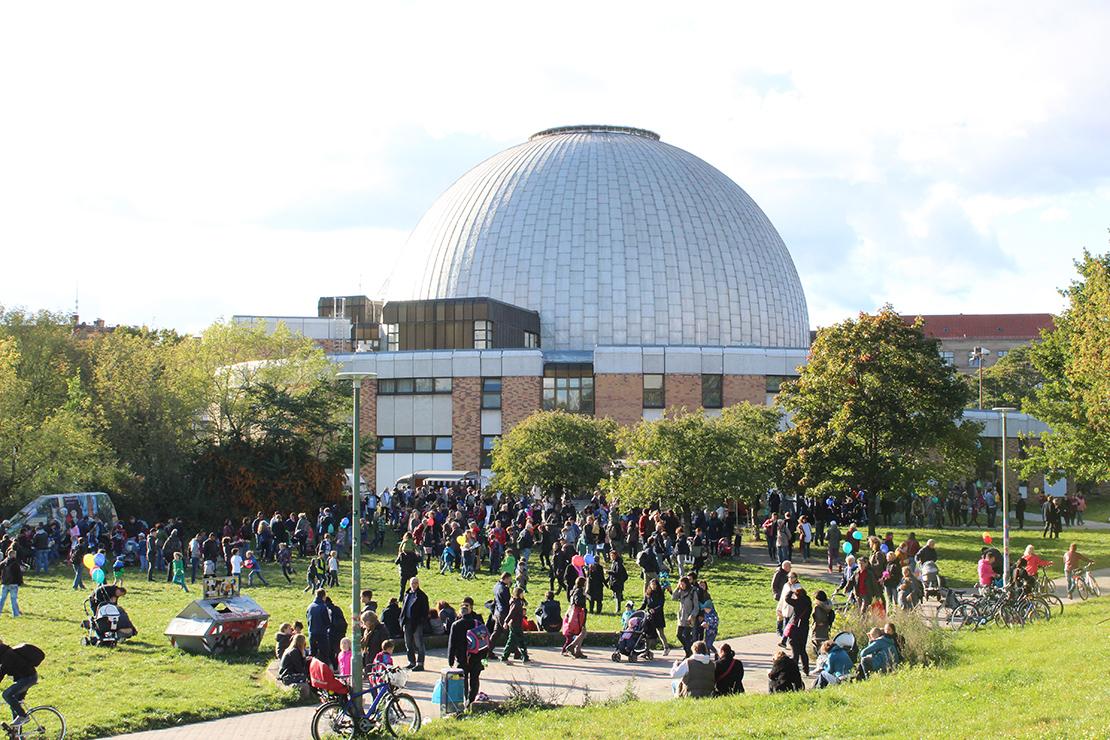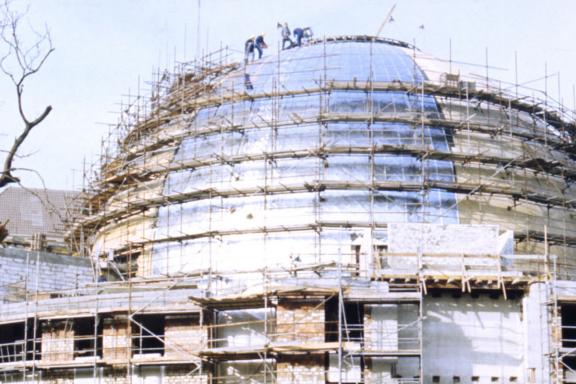
History
Zeiss-Großplanetarium
History of the Zeiss-Großplanetarium
1981 – 1984 | Decommissioning and demolition of the oldest gasworks in Berlin
Berlin's oldest gasworks stands on the site on Danziger Straße until 1984. It cokes coal from 1873 to 1981 and produces town gas for the residents of Berlin. When the gasworks is finally shut down in 1981, the quality of life in the neighbourhood, which until then had been heavily polluted by dust, gases and soot, improves considerably. One after the other, the gasometers are blown up, the last one in 1984 – despite massive protests from the population, who are in favour of the continued use of the historic gasometers. But the political decision-makers have other plans for the area: the site is to be turned into a park, with high-rise residential buildings, a cultural centre with a restaurant and finally: a planetarium. The construction is a management issue: the construction directorate of the capital Berlin has the supreme authority. The opening of the planetarium is scheduled for the occasion of Berlin's 750th anniversary in 1987.
1985 – 1987 | A grand planetarium is built
The foundation stone for the Zeiss-Großplanetarium was laid in 1985 by Prof. Dr. Dieter B. Herrmann (* 3. Januar 1939; † 25. November 2021). It is built according to the plans of the architect Erhardt Gißke. The planetarium and the Archenhold-Sternwarte in Berlin-Treptow form a joint facility under the direction of Prof. Herrmann. At the end of 1986, the shell of the building is largely completed, meaning that installation of the technical equipment in the planetarium hall can begin in the spring of 1987. The heart of the building is the computer-operated planetarium projector of the Cosmorama type from VEB Carl Zeiss Jena. After the projector is mounted and configured, the installation of the multivision system follows, which at this time consists of 48 Kodak slide projectors.
In July 1987, work begins on the first planetarium programmes. The planetarium opens with the science program "Fantastic Universe" written by Prof. Herrmann. It is completed in September 1987 and a "secret" premiere is held in front of the workers of the large construction site.
On 9 October 1987, shortly after the 38th anniversary of the founding of the GDR and on the occasion of Berlin's 750th anniversary, the Zeiss-Großplanetarium is ceremoniously opened. The entire SED party leadership, including Erich Honecker, is present.
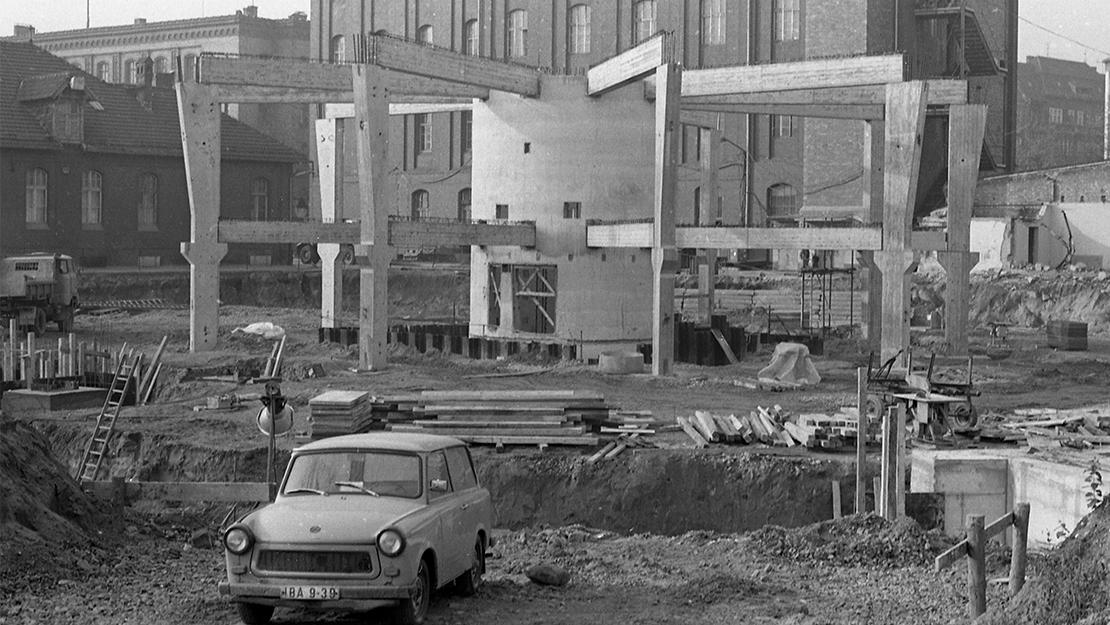
1988 – 1989 | The planetarium in operation
The planetarium is well received by the population. Several school classes from all over the GDR visit. The programme repertoire is expanded, including the first laser show.
1989 – 1991 | Turbulent times
With the fall of the Berlin Wall and the reunification of the two German states, the Zeiss-Großplanetarium and the Archenhold-Sternwarte enter a difficult transformation process: visitor numbers fall, there are massive staff cutbacks and the entire institution is threatened with liquidation. Great efforts are made to preserve the existence and working capacity of both institutions. In 1991, the number of visitors rises again slightly. From then on, the planetarium is under the direction of the Senate School Administration, which provides some funds to gradually expand the technical equipment: the multivision system and the laser technology are enhanced, modern technology is purchased for the sound studio, and video technology is installed in the planetarium hall.
1992 – 2002 | Stabilisation of conditions
In spite of continued staff cutbacks, it is possible to increase the number of visitors again in the following years. The Senate Department for Urban Development of the State of Berlin financially supports the further gradual modernisation and the elimination of technical problems. The range of programmes is also expanded.
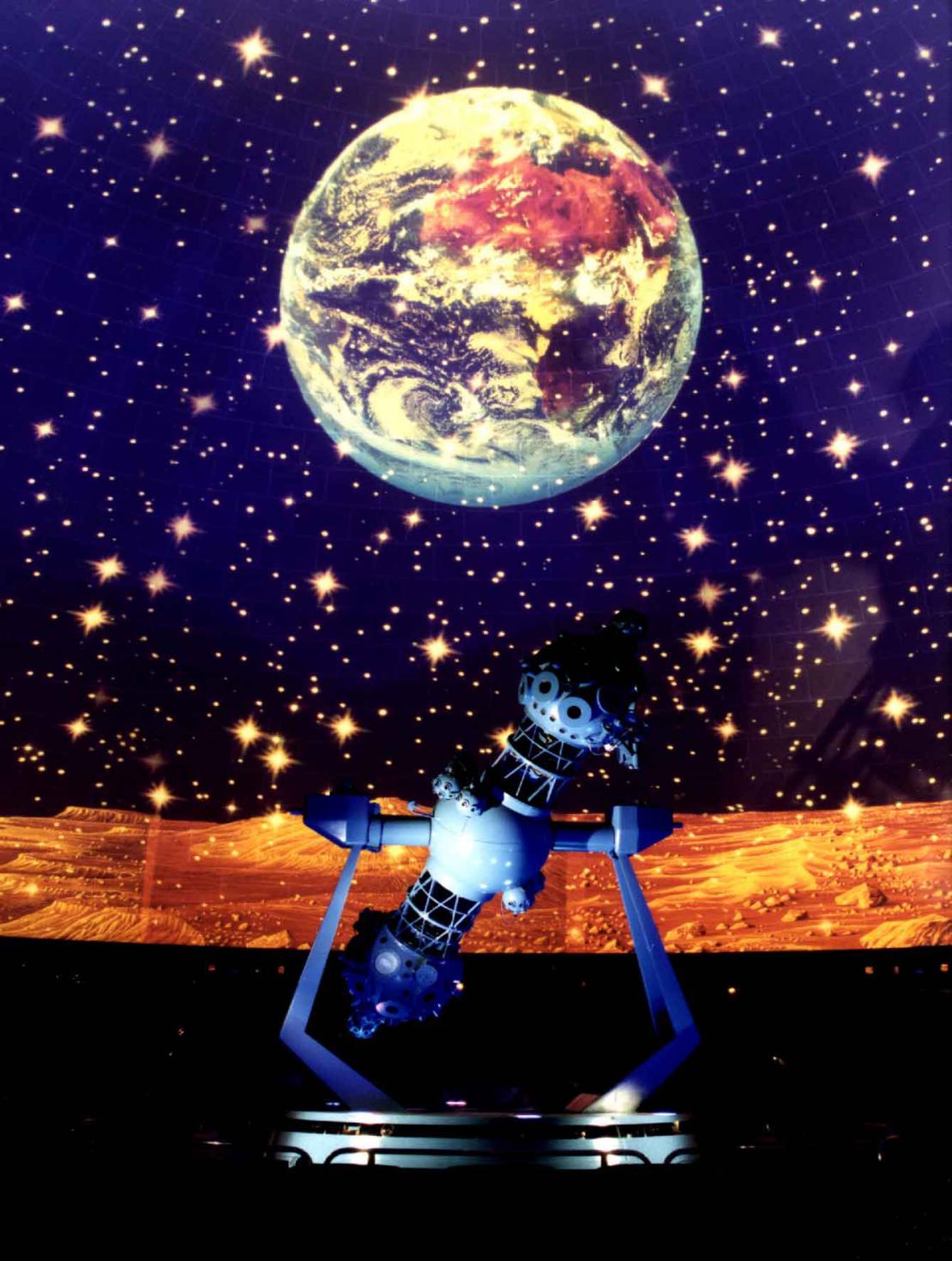
2002 – 2016 | Stiftung Deutsches Technikmuseum Berlin (Foundation of the German Museum of Technology Berlin) and refurbishment
On 1 July 2002, the Zeiss-Großplanetarium and the Archenhold-Sternwarte are transferred to the Stiftung Deutsches Technikmuseum Berlin and become sites of the Museum of Technology in Berlin-Kreuzberg.
After almost 30 years of service, Prof. Dr. Dieter B. Herrmann retires in 2004. Dr. Klaus Staubermann takes over the management of both institutions from March 2005 to May 2006. Hans-Friedger Lachmann manages the Zeiss-Großplanetarium from May 2006 to February 2009.
In February 2009, Dr. Felix Lühning takes over the management of the Zeiss-Großplanetarium and the Archenhold-Sternwarte. Under his aegis, the planetarium celebrates its 25th anniversary in 2012 with a large programme of festivities. The planning for an extensive renovation and modernisation of the planetarium technology begins. In this context, Tim Florian Horn starts as planetarium director in June 2013. For the extensive renovation and modernisation measures, which are made possible by special funding from the state of Berlin and the European Regional Development Fund (ERDF), the Zeiss-Großplanetarium remains closed from April 2014 to August 2016.
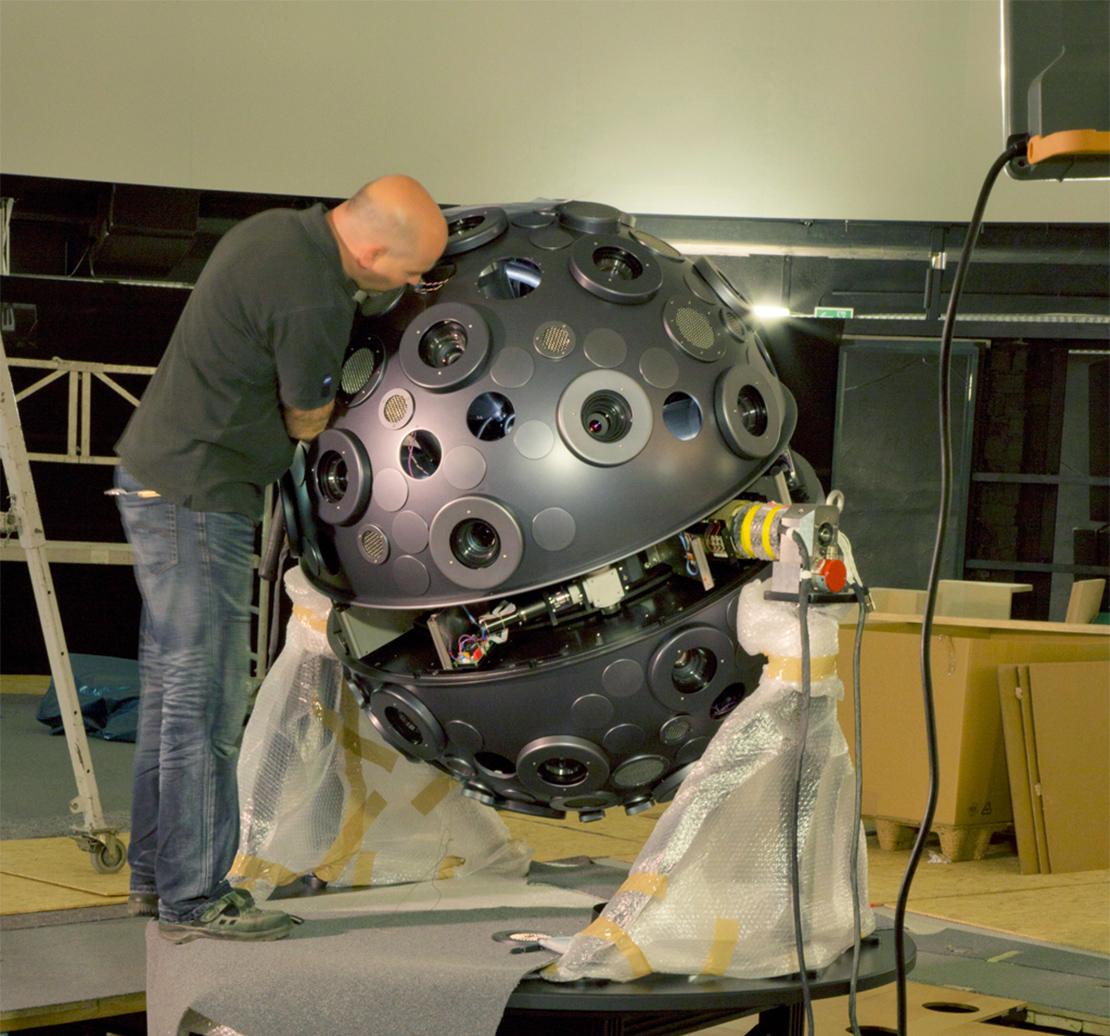
2016 | Establishment of the Stiftung Planetarium Berlin and reopening as a science theatre
On 1 July 2016, the Zeiss-Großplanetarium and the Archenhold-Sternwarte are transferred from the Stiftung Deutsches Technikmuseum Berlin to the newly established Stiftung Planetarium Berlin (SPB). Three astronomical institutions in Berlin are now united under the umbrella of the SPB. The management of the foundation is transferred to Tim Florian Horn.
On 25 August 2016, the Zeiss-Großplanetarium reopens its doors to visitors after extensive modernisation as Europe's most modern science theatre. The overall concept of the modernisation includes new, digital media technology as well as an overhaul of the content. The planetarium will open up to new thematic areas: instead of exclusively astronomical programmes as in the past, it will in future also be dedicated to other scientific fields, such as biology, chemistry or medicine. In particular, the new full dome technology will make it possible to present scientifically challenging topics in an impressive and entertaining way. Of course, music and culture will also continue to be part of the programme.
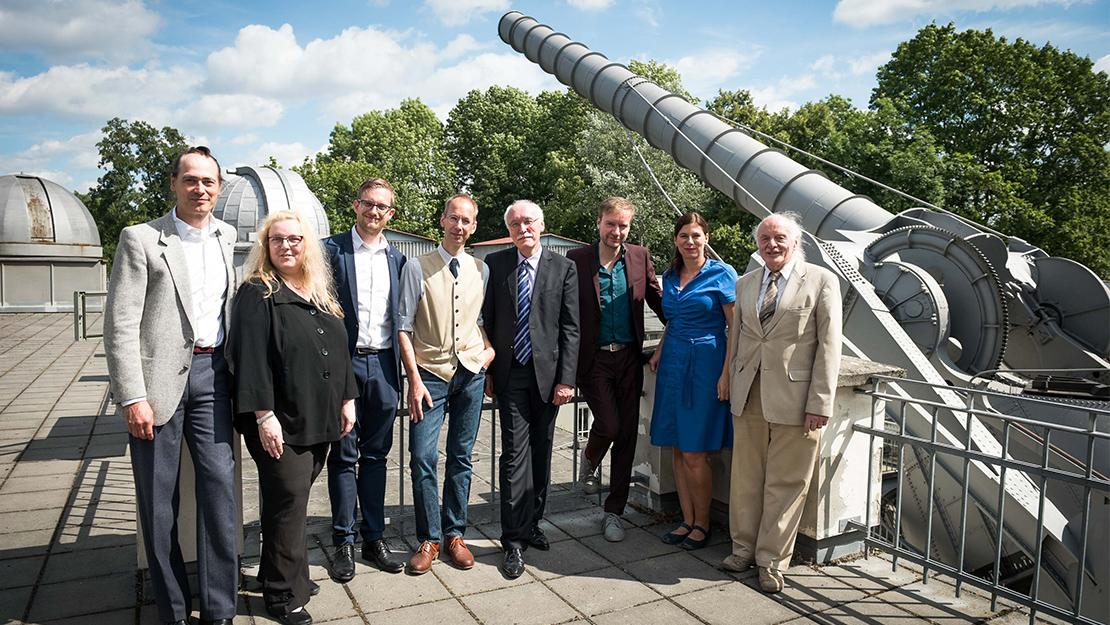
2017 | 30 Years of Zeiss-Großplanetarium
In October 2017, the Zeiss-Großplanetarium celebrates its 30th birthday – for an entire weekend with free admission. On the occasion of the anniversary, the opening programme "Fantastic Universe" from 1987 was revised, supplemented with the latest scientific findings and reintroduced into the programme as a 360° full dome version. As in 1987, the script was written by the founding director of the Zeiss-Großplanetarium, Prof. Dr. Dieter B. Herrmann. The orchestral music by Bernd Wefelmeyer from the original programme is also used again. The new aspects are the continuous 3D sound with atmospheres and effects as well as the entire visual presentation in 360° full dome.
With a total of 224,496 visitors in 2017, the Zeiss-Großplanetarium achieves its best result since reunification.
